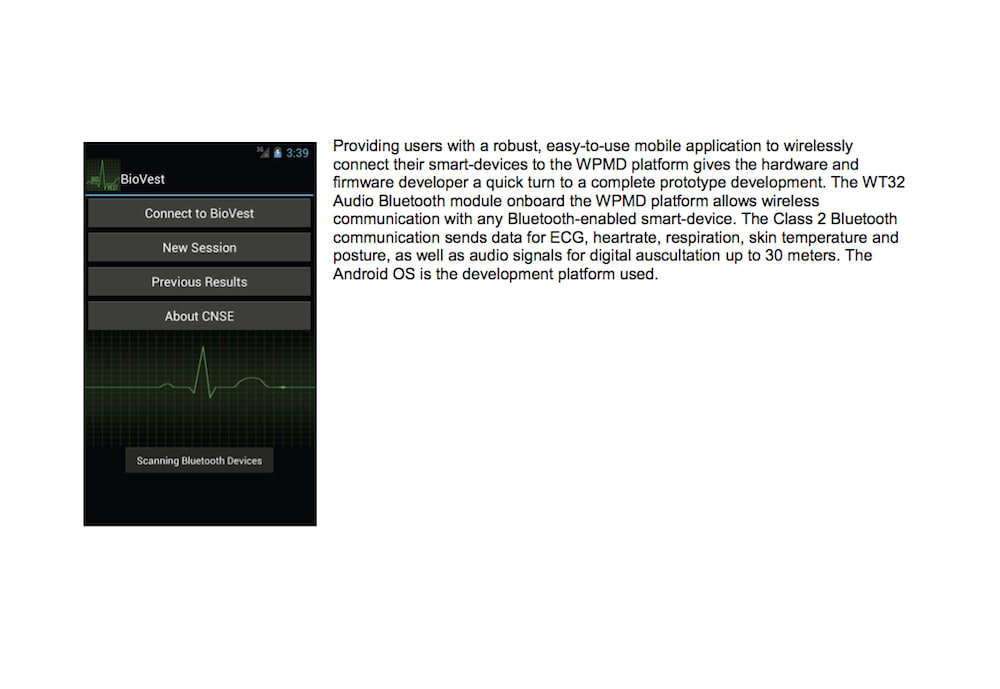Wearable health monitoring devices from simple pulse monitors, to activity and portable monitors, to sophisticated and expensive implantable sensors are the common traits in remote health care. Medical equipment such as digital stethoscopes, patient monitoring, ECG, EEG, and pulse oximetry have all become more portable through innovation in electronic, battery and battery management technologies, as well as wireless communications technologies like Bluetooth® and ZigBee®. Moreover, the definition of the wearable medical devices are devices with sensors attached to the body that detect and monitor changes in body signatures of various areas and organs. Several industries with high visibility in the wearable technology markets includes the healthcare segment, research institutions and hobbyist. With the ultimate goal, to empower a patient to self minister and be proactive with their health, the wearable technology markets are being touted as the next evolution in disease prevention. However, there are considerable obstacles with the current mHealth systems. The market is highly dynamic and trendy in nature with a heavy importance given to aesthetics and ergonomics of devices. Over 65% of technologies are wrist held devices shaped like watches and the rest include wearability on other areas of the body such as arms, torso and waist. Along with the aesthetics several other features for durability of the device are included such as to make them waterproof and weatherproof. The latest in developments in telecommunication, wireless connectivity and user interface has been applied to these devices to make them more user friendly and keep them easy to interpret even by normal people in order to map their improvement in performance.
According to a new market report published by Transparency Market Research “Wearable Medical Devices Market(Heart Rate Monitors, Activity Monitors, ECG, Pulse Oximeters, EEG, EMG, Glucose/Insulin Management, Pain Management, Wearable Respiratory Therapy) – Global Industry Analysis, Size, Share, Growth, Trends and Forecast, 2013 – 2019,”the global market for wearable medical devices was valued at USD 2.0 billion in 2012 and is expected to reach a value of USD 5.8 billion in 2019, growing at a CAGR of 16.4% from 2013 to 2019.
To help with initial prototyping cost, the Wearable Physiology Monitoring Development Platform was designed to give researchers and hobbyists a comprehensive system from which hardware and algorithms could be developed without being burden from the initial development cycle. The system consists of a digital signal processor (DSP), memory, Bluetooth communication and rechargeable power supply. Sensors will send data through the necessary signal processing and then to the microprocessor which then transmits the information via Bluetooth to a computer or smart device, such as any device running iOS or Android OS. The Human Physiology Development Platform, is capable of determining a patient’s Electrocardiography (ECG), respiration rate, external skin temperature, pedometer analysis, posture via 3-axis accelerometer and record the pulmonary auscultation with a digital stethoscope implementation. Additionally, the hardware contains a dynamic analog front ends for additional physiological instrumentation which may be defined outside the main functional features.
Like this entry?
-
About the Entrant
- Name:Conrad Thomas
- Type of entry:individual
- Software used for this entry:MathLab/Simulink
- Patent status:none





